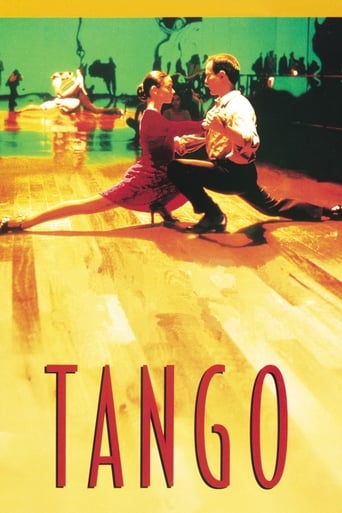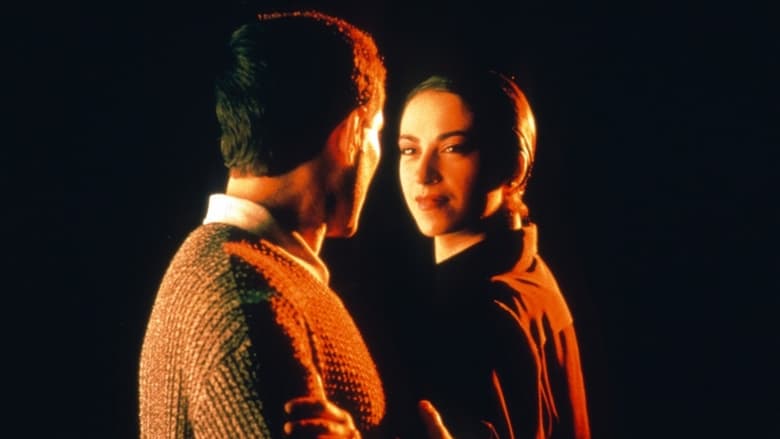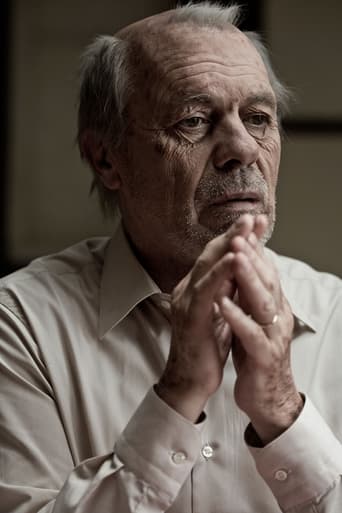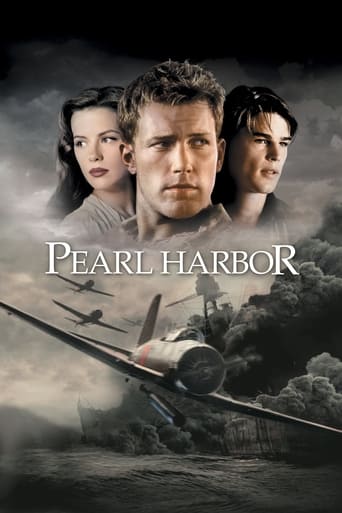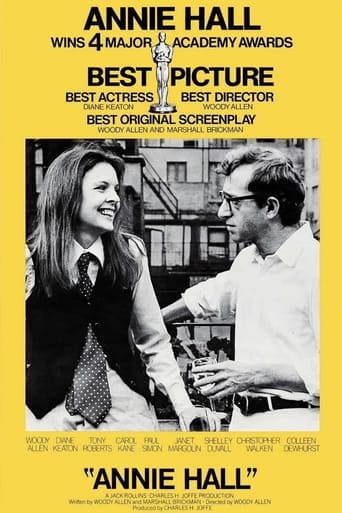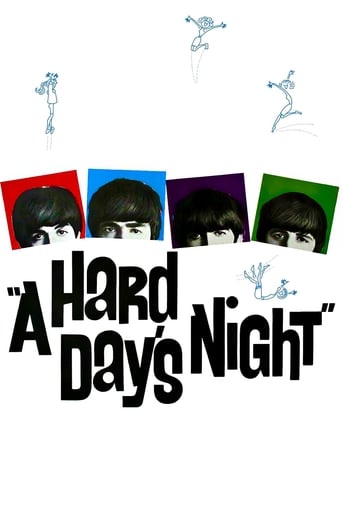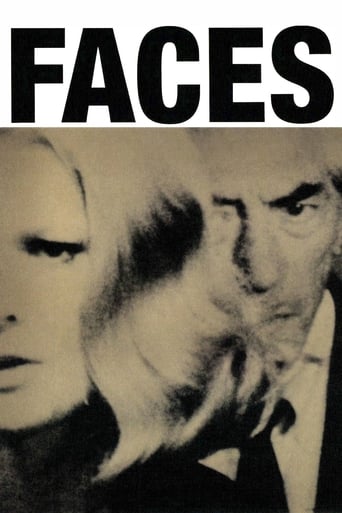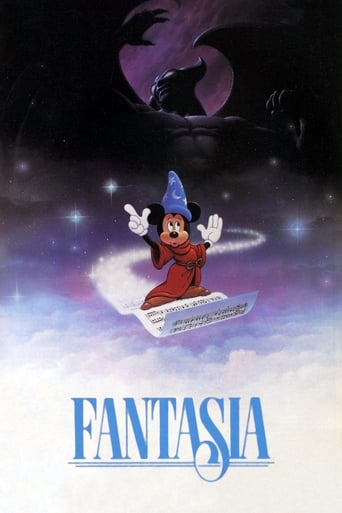Tango (1998)
A dangerous love affair inspires a director to create the most spectacular and boldly seductive dance film ever made. 1998 Oscar Nominee Best Foreign Language Film.
Watch Trailer
Free Trial Channels
Cast


Similar titles
Reviews
I love this movie so much
One of the best films i have seen
i know i wasted 90 mins of my life.
All of these films share one commonality, that being a kind of emotional center that humanizes a cast of monsters.
I'll admit it up front--I don't care about most dancing films. Of course, there are exceptions like the wonderful Japanese films, "Shall We Dance" (1996). But in general, a film devoted to a subject like the Tango is a very, very difficult sell to me. The only reason I watched it was because it was nominated for the Oscar for Best Foreign Language Picture. Otherwise, I doubt if I would have ever gotten around to seeing it. So please keep this is mind as you read--I am not a dance lover.This Argentinian film is about the production of a film devoted to Tango. It is shown from the viewpoint of the director and follows his ups and downs in his personal life as well. A couple HUGE complications arise when the director falls for his main backer's girlfriend--and the backer is a mobster. And, it gets worse because he wants to make a political statement in the film and it also upsets the backers.If all this sounds really exciting, it is....if you adore Tango. As for me, I just felt bored...very, very bored. About the only really nice part of the film was some of the camera-work--the lighting and angles were lovely. Not a bad film but also not a film the average person would enjoy.
There's a scene in "Some Like it Hot" in which Jack Lemmon dances a tango with Joe E. Brown. The tune is a famous one, La Cumparasita or something like that, turned into an American pop song in the 1950s with English lyrics and named "Strange Sensations." Anyway, the dance is played for laughs. Well, it's understandable. The conventions of the tango seem so automated to someone used to other forms. But what surprised me here was the flexibility of the form, the way it is adapted to circumstances. There is, of course, a number here in which two or three dancers express intense passion, the emotion we usually associate with the tango. But there is also a number that is informed by humor. Suarez, who is about to direct a show featuring the tango, native to Argentina, is alone in his studio, talking to himself about the folly of falling in love, and he imagines a scene in which the silhouettes of two dancers perform a comic number, waggling their bottoms at the camera, the music bumping along in the background featuring a few strings and a flatulating tuba, itself an amusing instrument in sound and appearance. Thank you for that tuba, Lalo Schifrin. As an Hispanic himself, Schifrin knows what he's doing. (He makes good use of the bandoneon, a kind of concertina, too.) There is a less-successful number that uses boots and military uniforms in an evocation of the period in the 1970s and 1980s when citizens of Argentina were "disappeared." There are tango-tinged encounters between men and others involving women, that are homosexual in effect. And sometimes there is no music behind the dances at all -- only the natural sounds of clothing rustling and soles squeaking on the wooden floor as the performers twist and turn. Let me get back to that homosexual dance between the two women. One of them, if I got it right, is Suarez's ex wife, a superb dancer played by Cecilia Narova. The younger one is played by Mia Maestro. The dance ends with a sensuous kiss, and I can understand why another woman might want to kiss Maestro. I could understand it even if some twisted extraterrestrial whose native notion of esthetic perfection looked like the inside of an alarm clock wanted to kiss Maestro. She is egregiously beautiful, two-thirds Diane Venora and one third Audrey Hepburn, and sports what must be, even to the most jaded eye, a nearly perfect body whose movements are entirely under her own control. Her high kicks beat those of Eleanor Powell. And when her numbers freeze in tableaux, it would be perfectly okay if she just retained those balletic poses for, oh, say five or six minutes so we can burn the images into our brains. I don't think the human form and the suppleness of which it is capable has ever been displayed more elegantly. Not to put down Fred and Ginger. That's a different ballroom game.The Spanish as spoken is appropriately Argentinian too, for what it's worth. The pronunciation is regional and so is the grammar. I say this out of complete ignorance of the language except for that which comparative linguists tell us. And a chat buddy in Buenos Aires. (Besos a vos, mi compaera).The plot is nothing much. Abstract and arty and colorful. Saura's 8 1/2. Suarez, the benign director of a musical show, falls for Maestro. She is living with a Mafioso who is a dangerous dude, sub specie aeternitatus. But she tells the Mafioso off anyway and stalks off as he shouts after her -- "You're making a big mistake." If it did turn out to be a mistake we don't learn about it. The movie ends happily if trickily.I want to emphasize that the dances are just about everything here. They bear about the same relationship to Lemon and Brown's tango as Fred and Ginger's superbly rehearsed dances do to the twist. There is one number by Maestro in which she does nothing but walk around slowly and strike an occasional pose. It's stunning in it simplicity and sensuousness. And in the duets, the dancers hold each other so close through so many acrobatic movements that, without stretching too much, I can imagine one false step bringing them tumbling to the floor wrapped up in each other.The photography and lighting (by Vittorio Storaro) is superlative and the art direction equally so. Everything takes place in a carefully designed studio with mirrors and stages and painted backdrops scattered around. Sometimes we don't know if we're looking into a mirror or seeing the "real" scene. Nor can we always be sure that what we're watching is taking place in "real" life or in Suarez's imagination -- sometimes the imaginary turns into the real. But none of this detracts from our understanding of the film. The "double" structure is not simple directorial self display, nor is it just more hokum about "what's reality and what's illusion?". It adds visual texture to a film that already has more than a dozen Hollywood monstrosities could hold. It's really art, without quotation marks around it.
This movie is one of the most beautiful pieces i ever saw. It's such a pleasure to watch it. A prefect camera, gorgeous colors and exciting dancing scenes make this film a piece of poetry. The evidence is a lack of a strong story. This is just lyric film. It will make you happy. Surely.
If you like dancing in general,this film is for you. Carlos Saura tries to present the art of filming with all the necessary procedure in a tango atmosphere. Argentinian nostalgia in a plot where Mario,the director(after being left by Laura)will fall in love with the first in-line ballerina,Elena who is pursued by a rich gangster. The rest of the movie is a set of lessons on tango with all the fast changes in pace,watching the feet in a complicated backup of the relevant music.Symbolism takes precedence in this movie by the insertion of inanimate objects like the camera or the rehearsal chairs.A hymn to cinema,dance and their relation to life.

